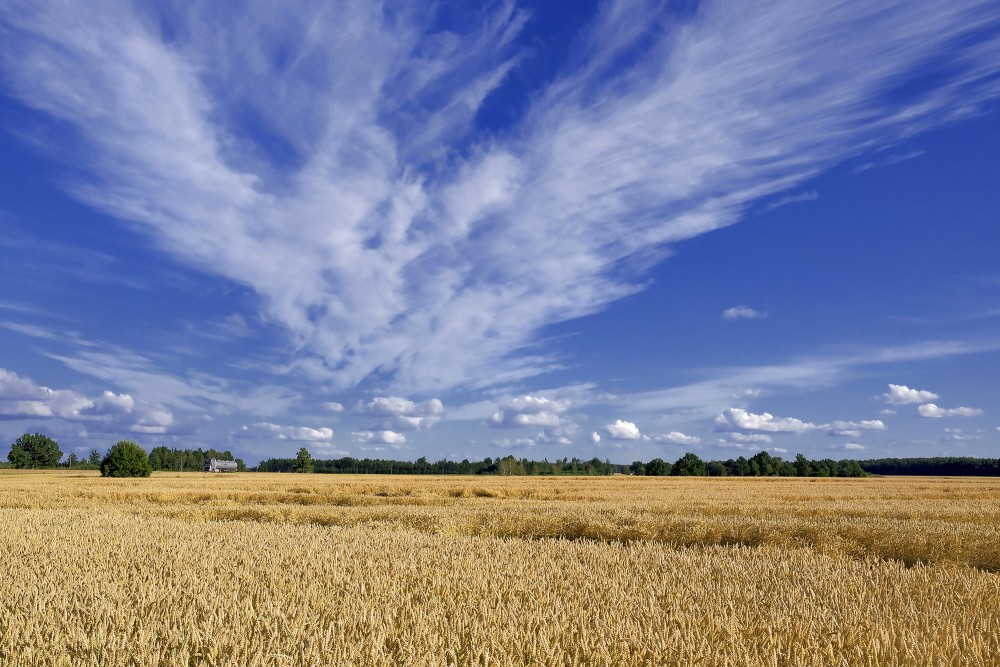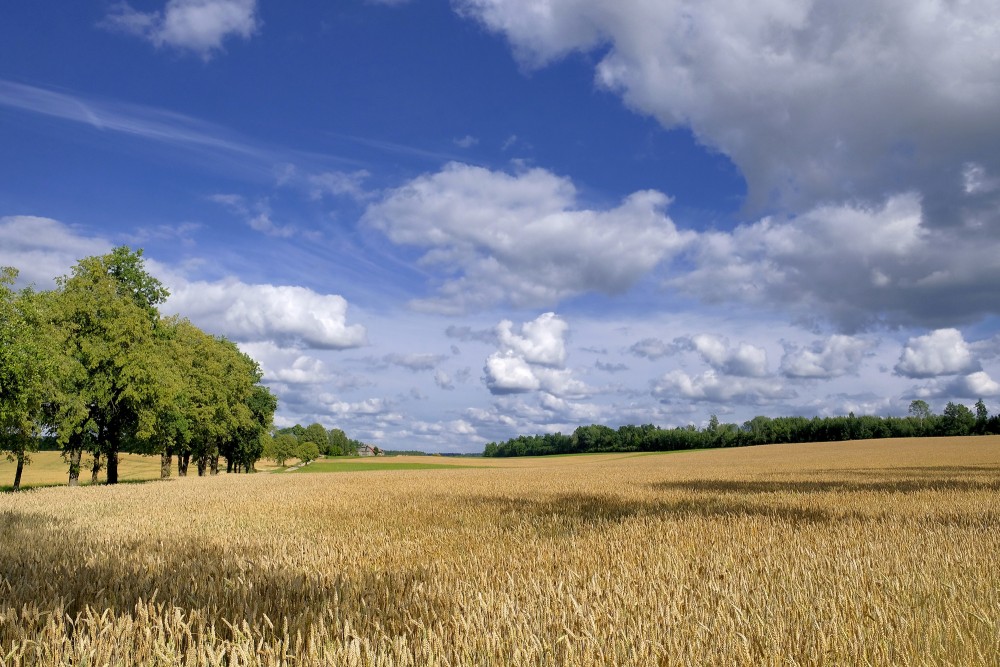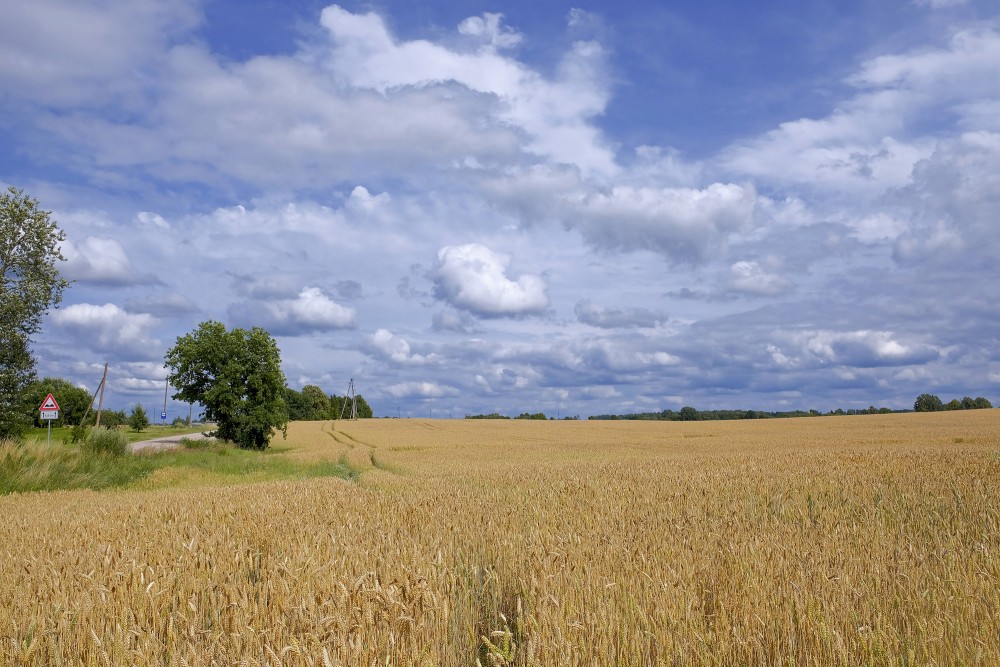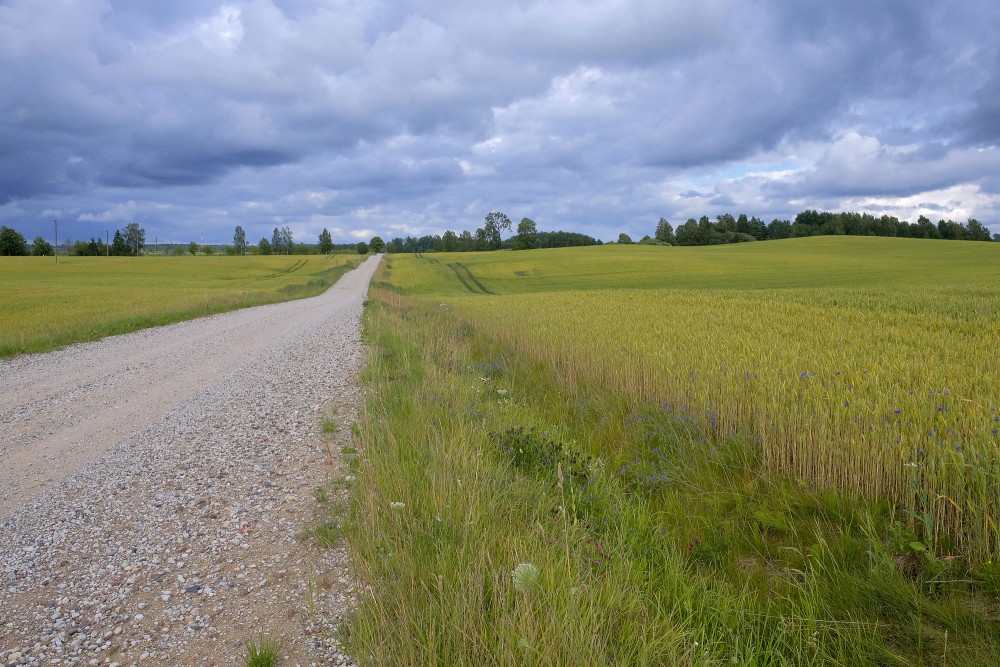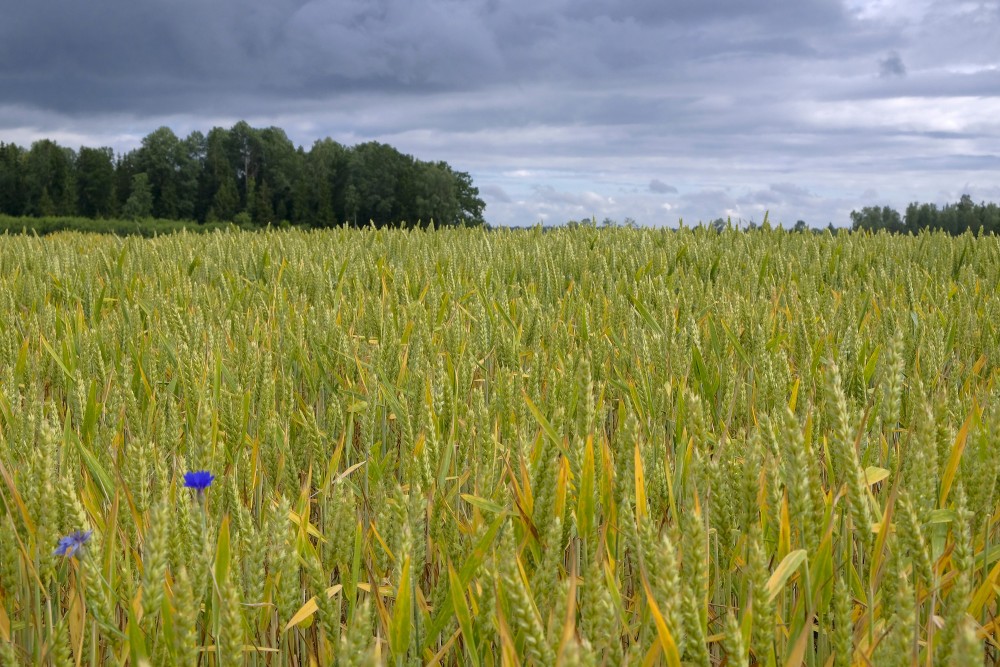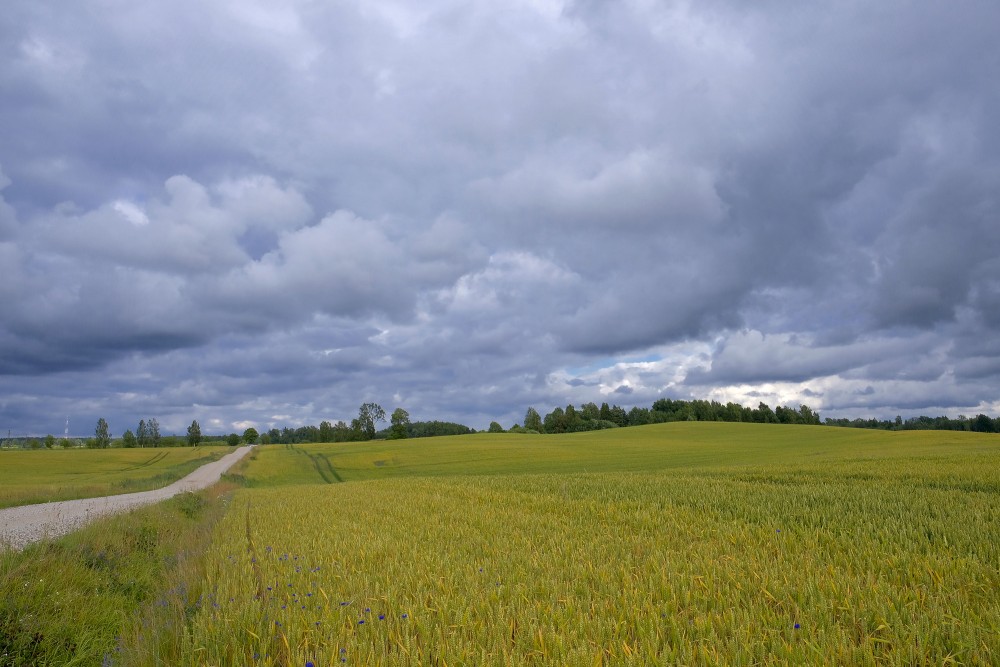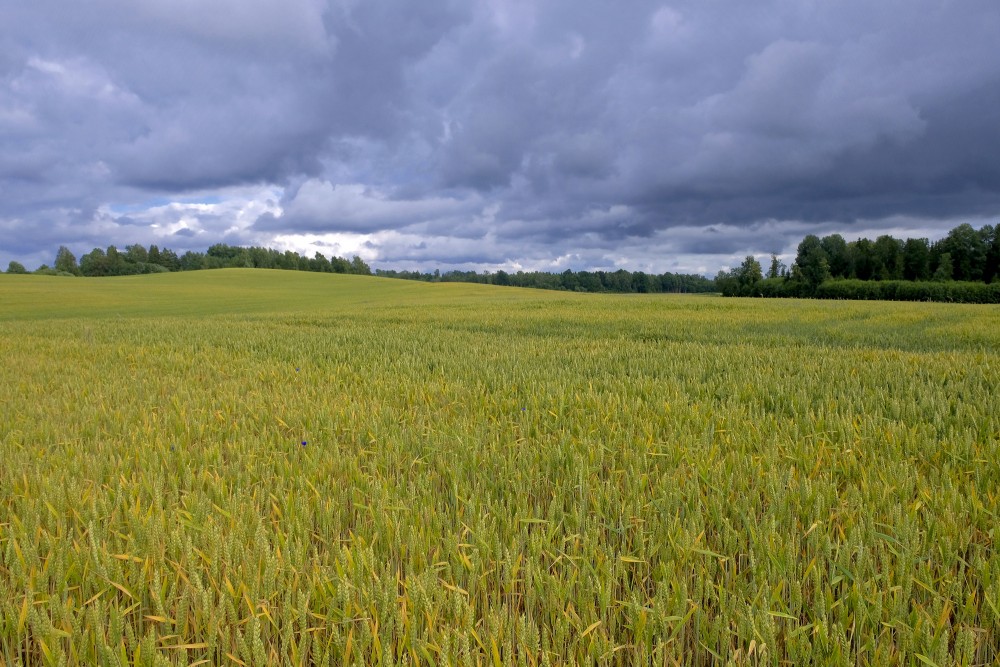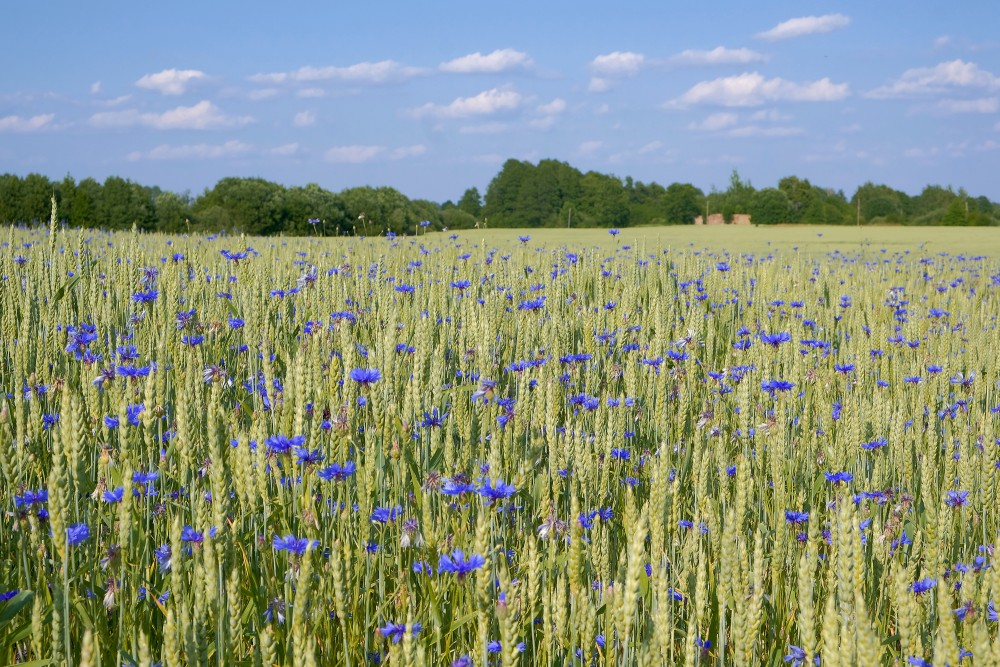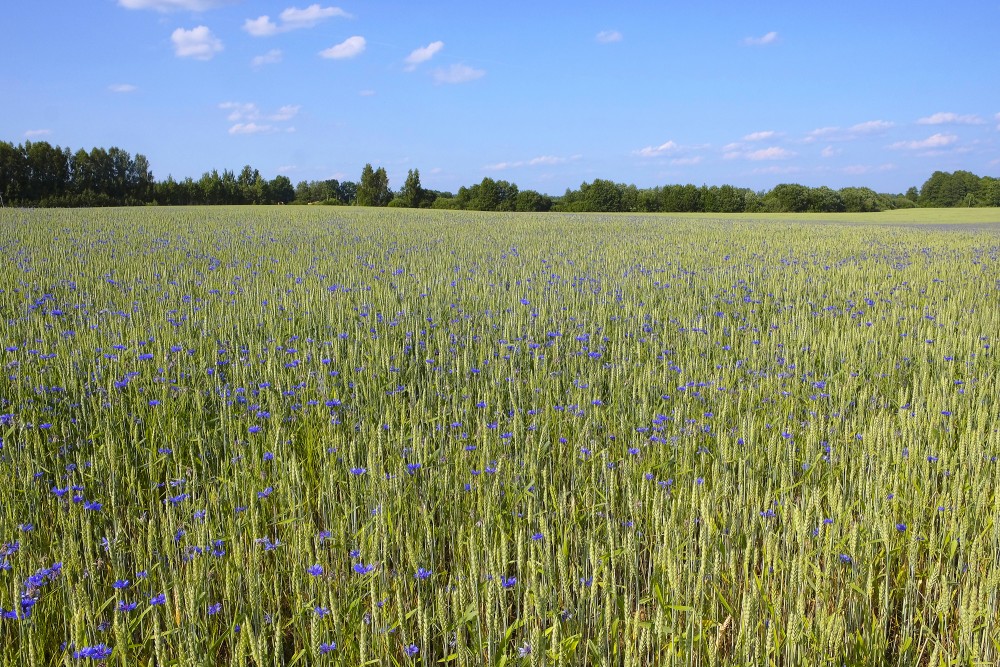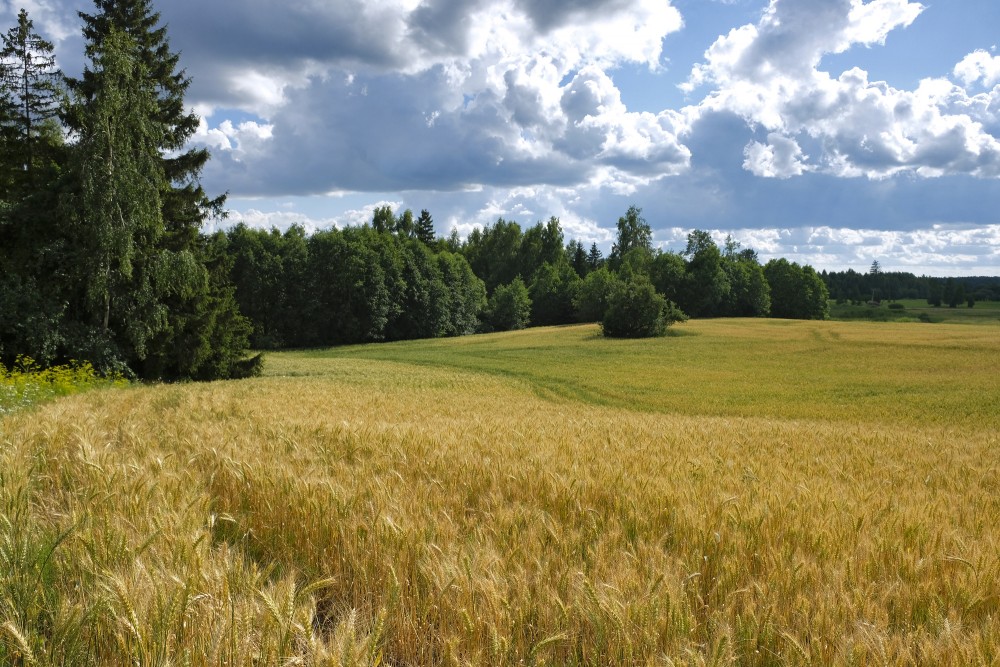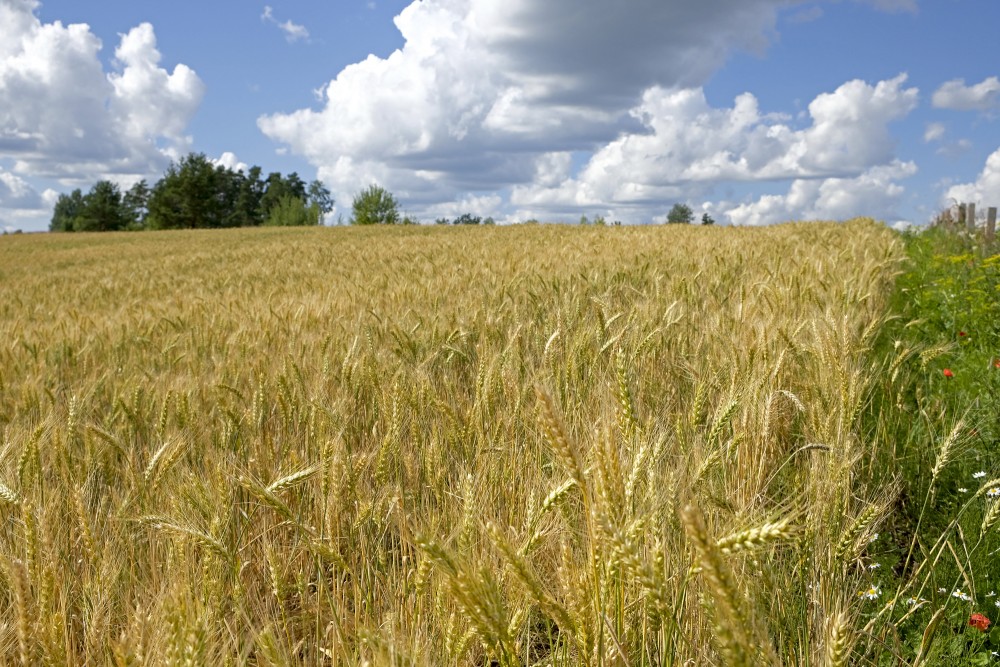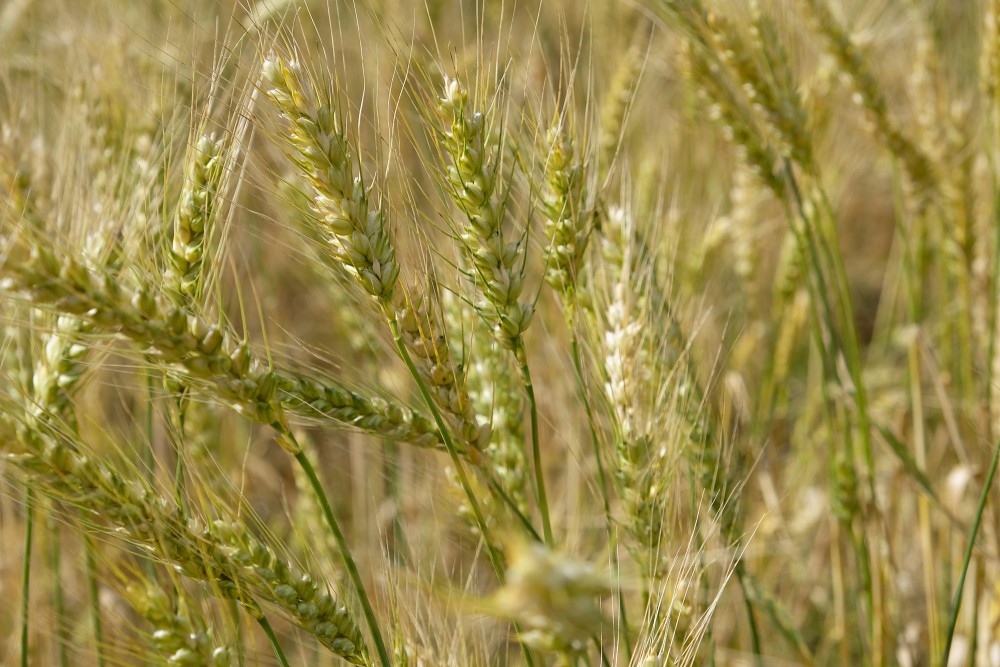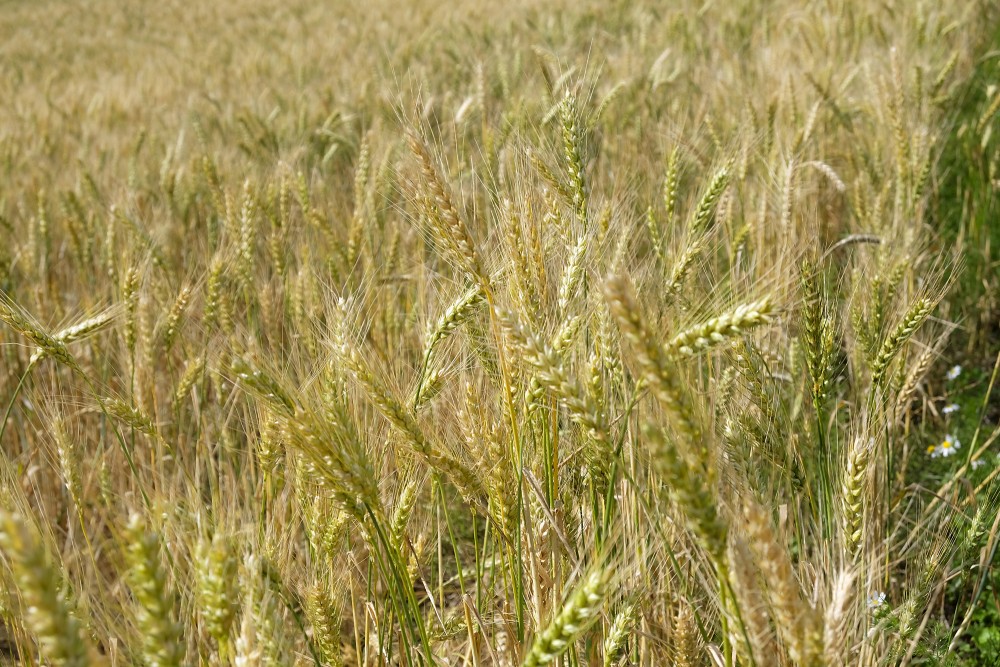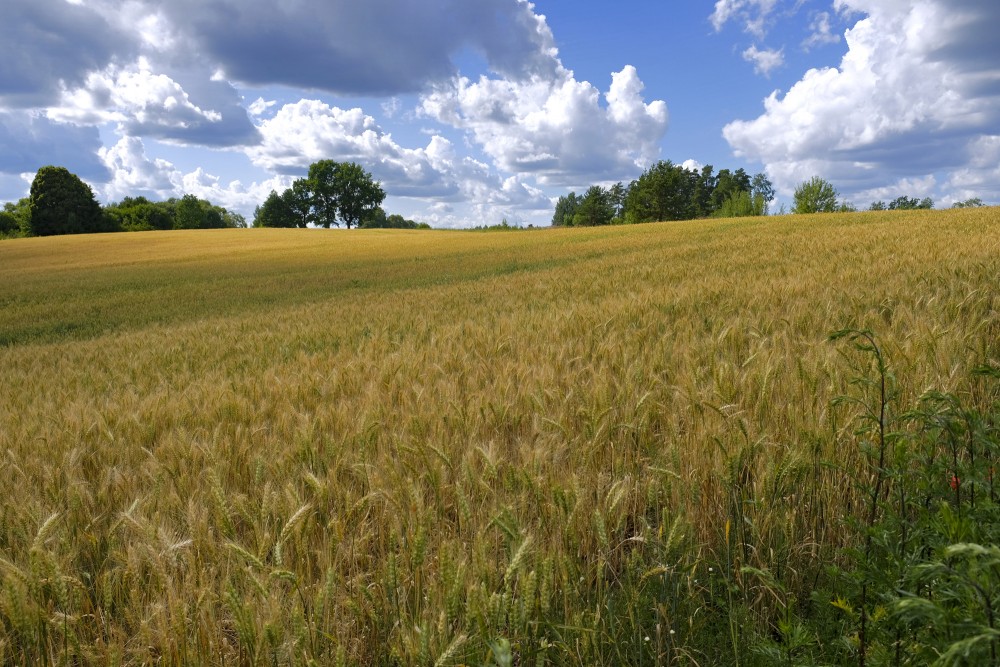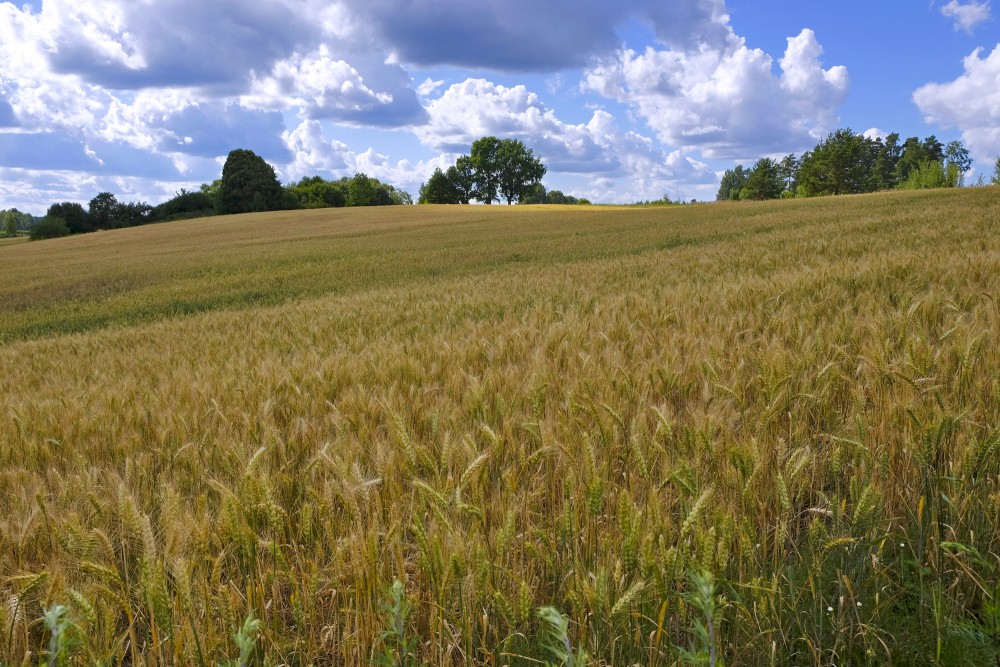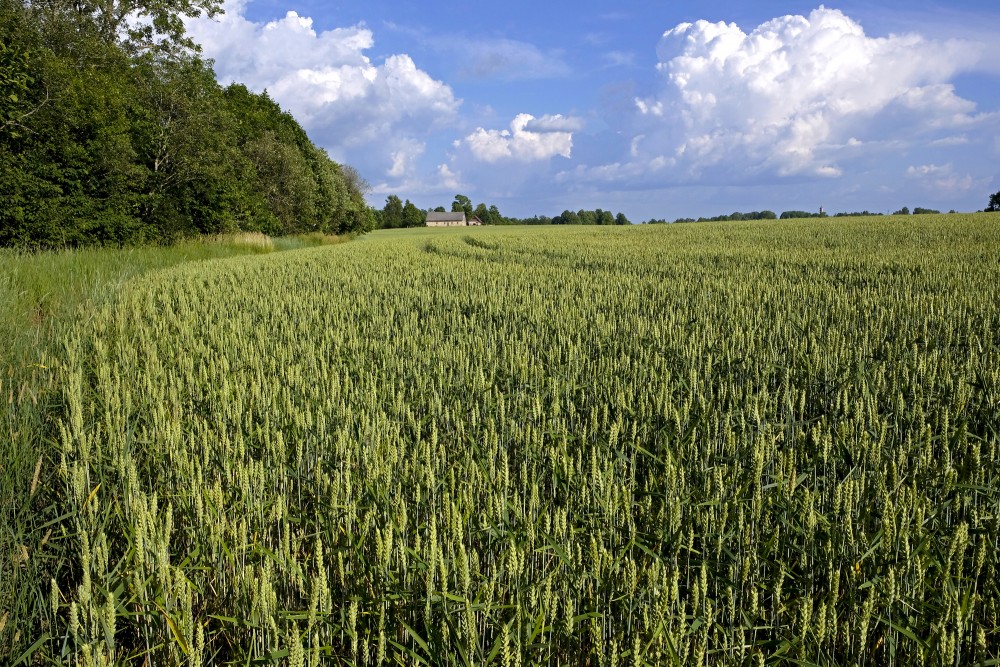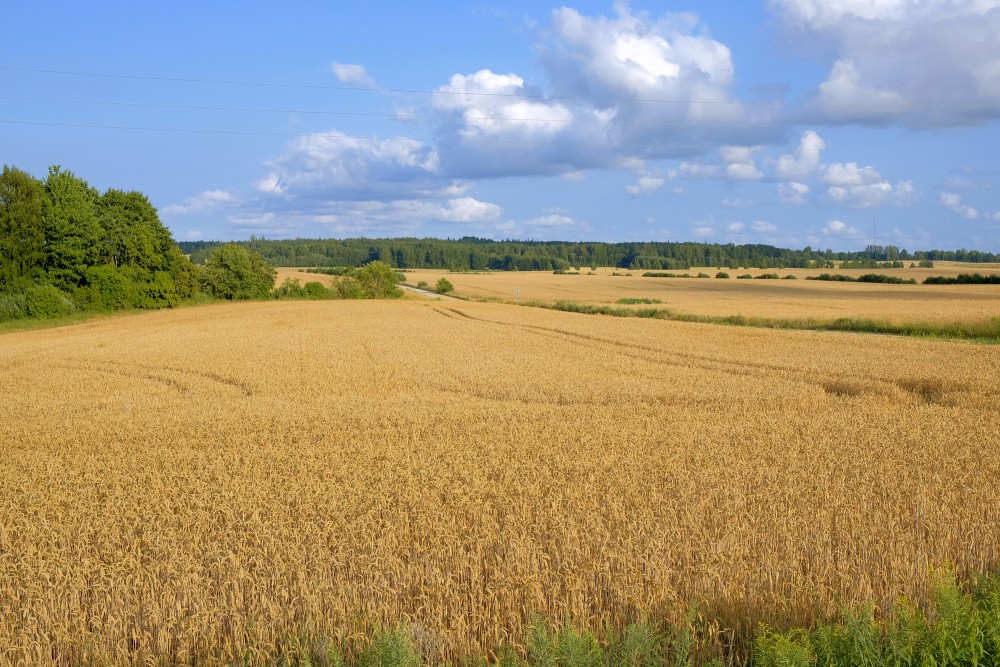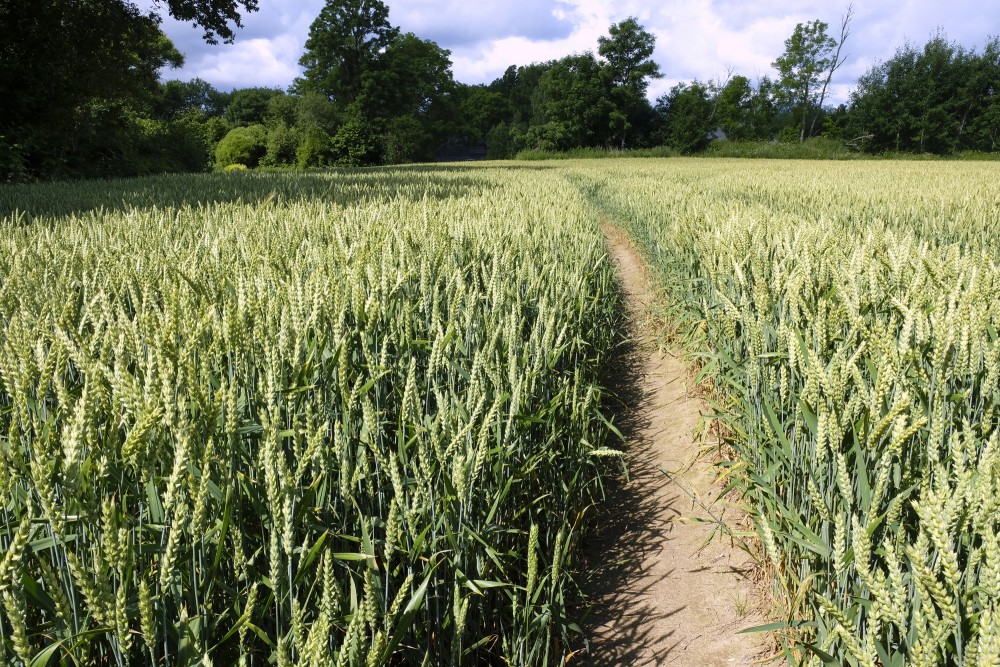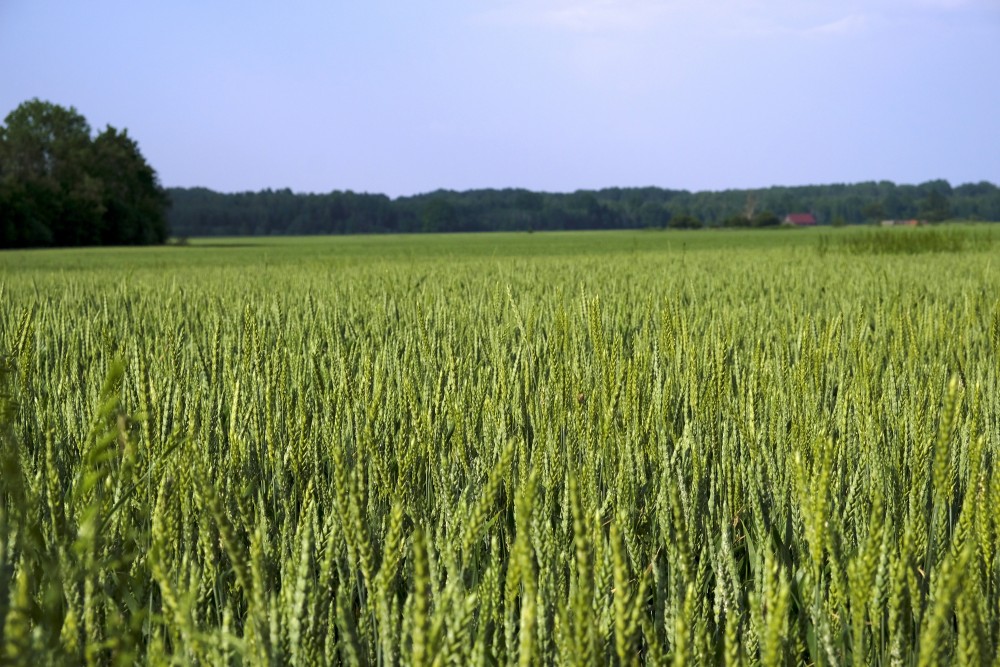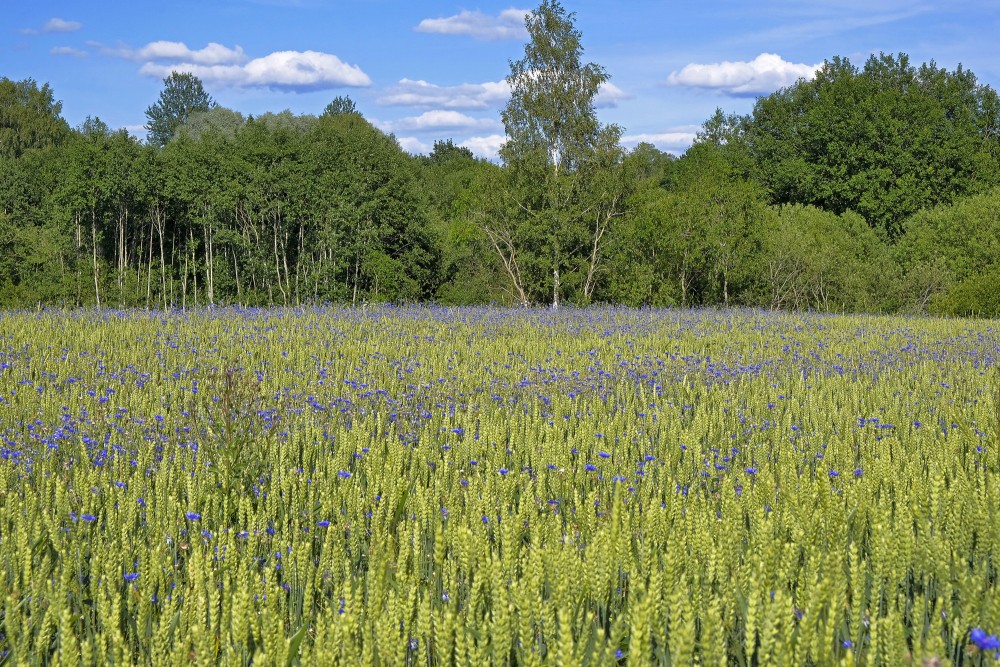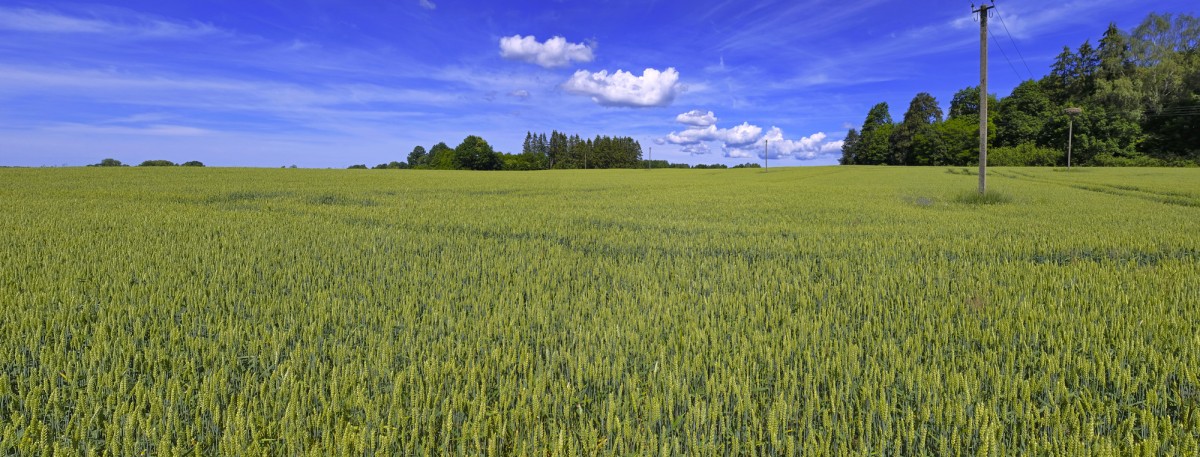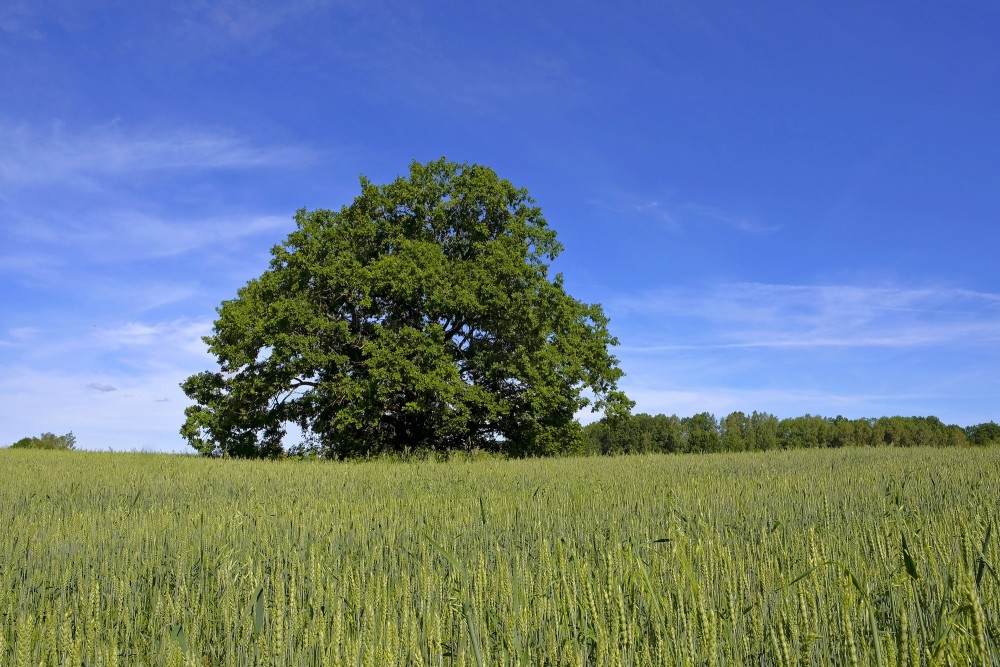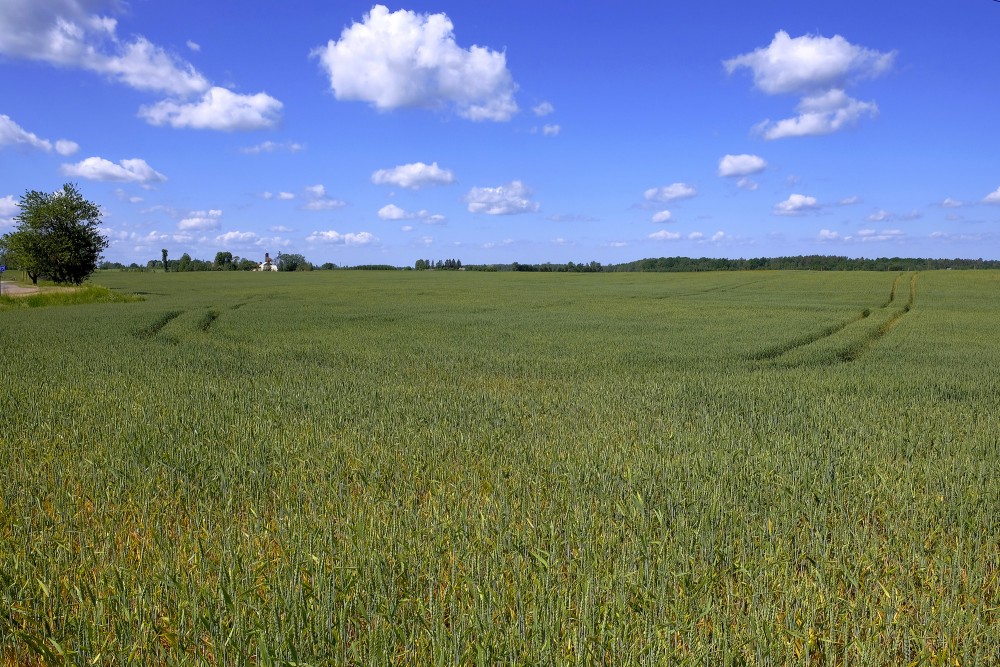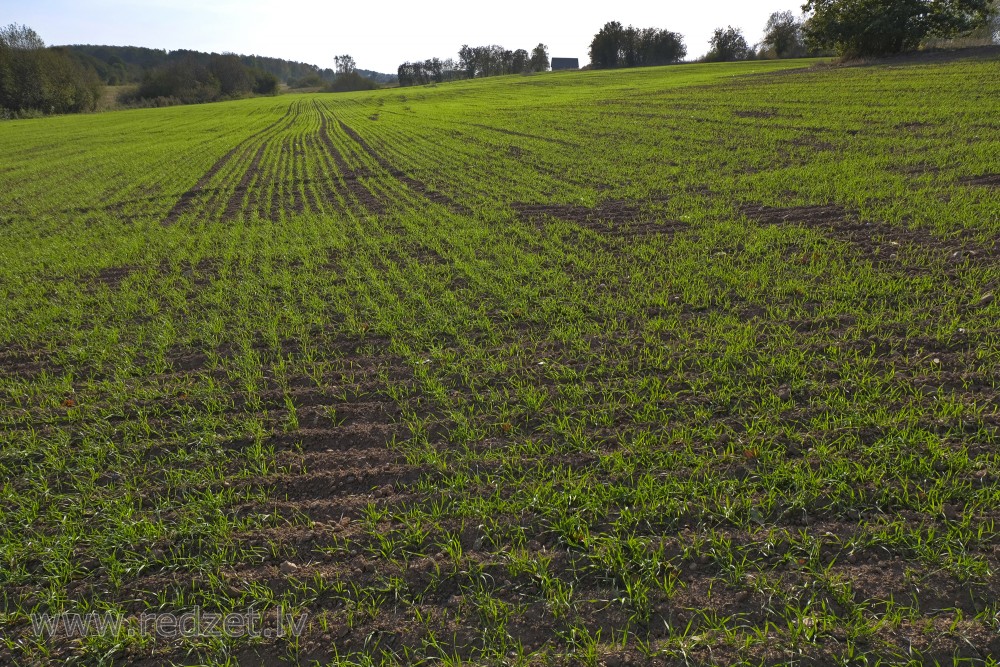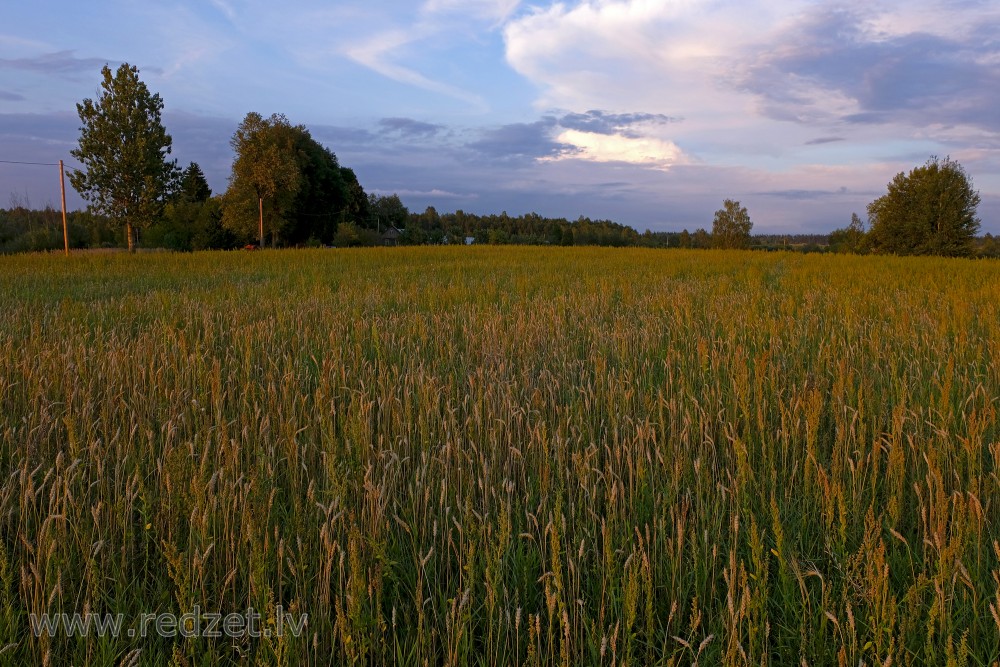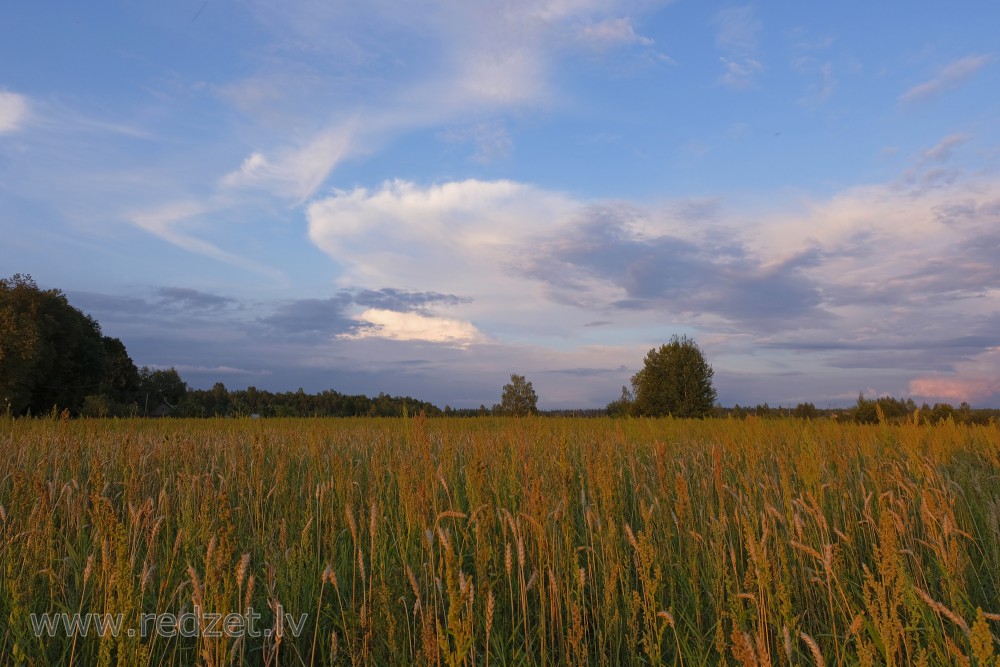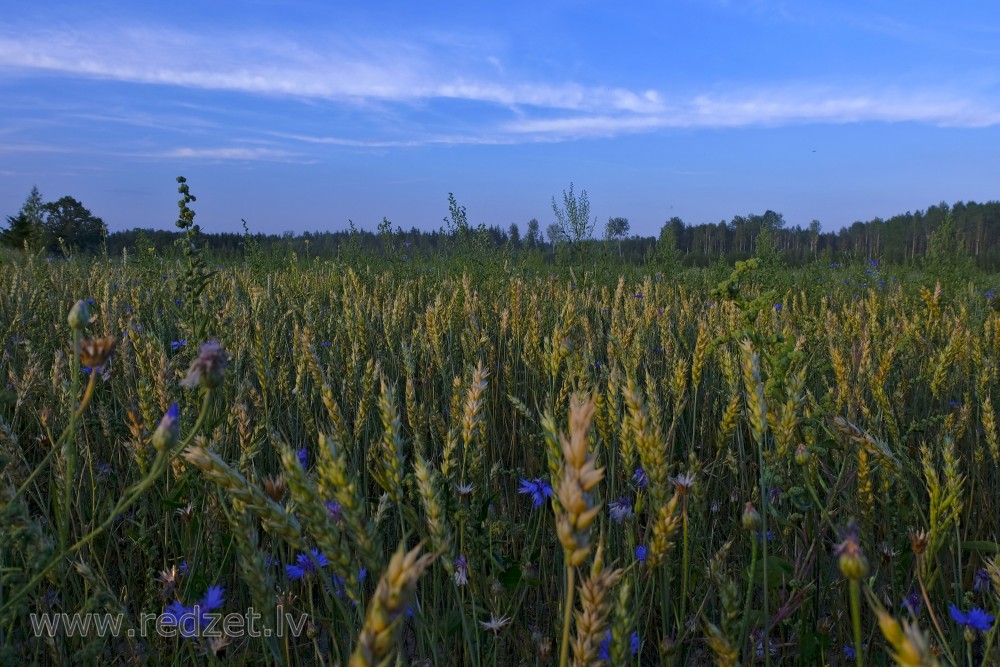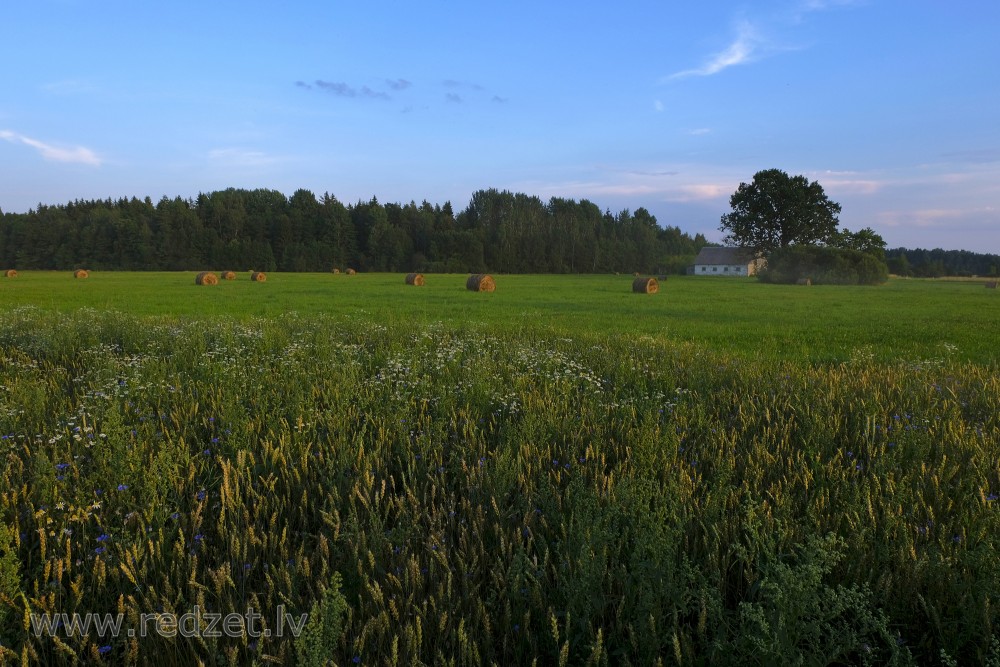Wheat (Triticum)
Wheat is a grass widely cultivated for its seed, a cereal grain which is a worldwide staple food. The many species of wheat together make up the genus Triticum; the most widely grown is common wheat (T. aestivum).
The archaeological record suggests that wheat was first cultivated in the regions of the Fertile Crescent around 9600 BCE. Botanically, the wheat kernel is a type of fruit called a caryopsis.
Wheat is grown on more land area than any other food crop (220.4 million hectares, 2014). World trade in wheat is greater than for all other crops combined. In 2016, world production of wheat was 749 million tonnes, making it the second most-produced cereal after maize. Since 1960, world production of wheat and other grain crops has tripled and is expected to grow further through the middle of the 21st century. Global demand for wheat is increasing due to the unique viscoelastic and adhesive properties of gluten proteins, which facilitate the production of processed foods, whose consumption is increasing as a result of the worldwide industrialization process and the westernization of the diet.
Wheat is an important source of carbohydrates. Globally, it is the leading source of vegetal protein in human food, having a protein content of about 13%, which is relatively high compared to other major cereals but relatively low in protein quality for supplying essential amino acids. When eaten as the whole grain, wheat is a source of multiple nutrients and dietary fiber.
In a small part of the general population, gluten – the major part of wheat protein – can trigger coeliac disease, noncoeliac gluten sensitivity, gluten ataxia, and dermatitis herpetiformis.
Scientific classification
Kingdom: Plantae
Clade: Angiosperms
Clade: Monocots
Clade: Commelinids
Order: Poales
Family: Poaceae
Subfamily: Pooideae
Tribe: Triticeae
Genus: Triticum
Origin
Cultivation and repeated harvesting and sowing of the grains of wild grasses led to the creation of domestic strains, as mutant forms ('sports') of wheat were preferentially chosen by farmers. In domesticated wheat, grains are larger, and the seeds (inside the spikelets) remain attached to the ear by a toughened rachis during harvesting. In wild strains, a more fragile rachis allows the ear to easily shatter and disperse the spikelets. Selection for these traits by farmers might not have been deliberately intended, but simply have occurred because these traits made gathering the seeds easier; nevertheless such 'incidental' selection was an important part of crop domestication. As the traits that improve wheat as a food source also involve the loss of the plant's natural seed dispersal mechanisms, highly domesticated strains of wheat cannot survive in the wild.
Cultivation of wheat began to spread beyond the Fertile Crescent after about 8000 BCE. Jared Diamond traces the spread of cultivated emmer wheat starting in the Fertile Crescent sometime before 8800 BCE. Archaeological analysis of wild emmer indicates that it was first cultivated in the southern Levant, with finds dating back as far as 9600 BCE. Genetic analysis of wild einkorn wheat suggests that it was first grown in the Karacadag Mountains in southeastern Turkey. Dated archeological remains of einkorn wheat in settlement sites near this region, including those at Abu Hureyra in Syria, suggest the domestication of einkorn near the Karacadag Mountain Range. With the anomalous exception of two grains from Iraq ed-Dubb, the earliest carbon-14 date for einkorn wheat remains at Abu Hureyra is 7800 to 7500 years BCE.
Remains of harvested emmer from several sites near the Karacadag Range have been dated to between 8600 (at Cayonu) and 8400 BCE (Abu Hureyra), that is, in the Neolithic period. With the exception of Iraq ed-Dubb, the earliest carbon-14 dated remains of domesticated emmer wheat were found in the earliest levels of Tell Aswad, in the Damascus basin, near Mount Hermon in Syria. These remains were dated by Willem van Zeist and his assistant Johanna Bakker-Heeres to 8800 BCE. They also concluded that the settlers of Tell Aswad did not develop this form of emmer themselves, but brought the domesticated grains with them from an as yet unidentified location elsewhere.
The cultivation of emmer reached Greece, Cyprus and India by 6500 BCE, Egypt shortly after 6000 BCE, and Germany and Spain by 5000 BCE. "The early Egyptians were developers of bread and the use of the oven and developed baking into one of the first large-scale food production industries." By 3000 BCE, wheat had reached the British Isles and Scandinavia. A millennium later it reached China.
The oldest evidence for hexaploid wheat has been confirmed through DNA analysis of wheat seeds, dating to around 6400-6200 BCE, recovered from Çatalhöyük. The first identifiable bread wheat (Triticum aestivum) with sufficient gluten for yeasted breads has been identified using DNA analysis in samples from a granary dating to approximately 1350 BCE at Assiros in Macedonia.
From Asia, wheat continued to spread across Europe. In the British Isles, wheat straw (thatch) was used for roofing in the Bronze Age, and was in common use until the late 19th century.
en.wikipedia.org
